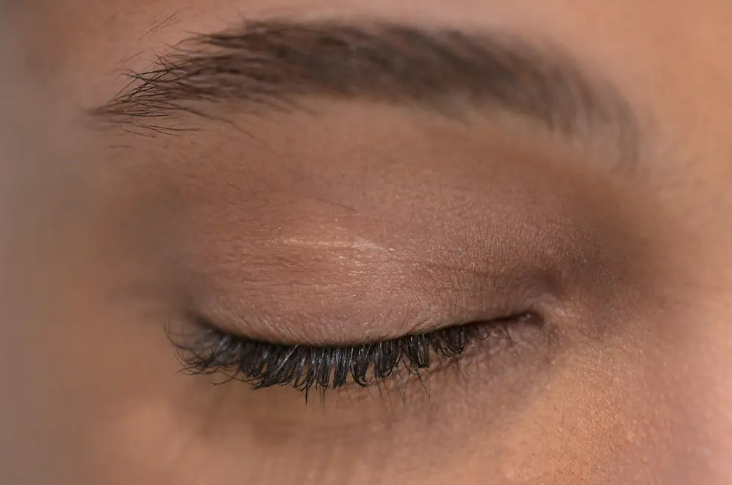我们通过发表论文来表彰学生 STEM 写作比赛的前八名获奖者。这是Rivka Shields的。

Fulvio De Filippi/Getty Images
这篇文章由Rivka Shields撰写,来自大华盛顿州的Y eshiva - 马里兰州银泉的Tiferes Gedaliah,是学习网络有史以来第一次STEM写作比赛的前八名获奖者之一,我们收到了1,618份参赛作品。
In the Blink of an Eye
Imagine walking into a theater to watch a movie. While it is playing, the screen goes blank every ten seconds. Wouldn’t it ruin the movie? Humans blink about six times per minute, a blink every 10 seconds. Why do we not notice the world going black every time our eyelids close?
Blinking, also known as the cornea reflex, is our brains’ automatic response when anything comes too near our eyes that could potentially be damaging. Our eyelids have tear film, made from fluids and oils, on them. Blinking spreads those over the outer eye, cleaning and moisturizing it. This is essential, or the eyes will dry out. In fact, it is so important that for patients with nerve damage that prevents them from closing their eyelids, doctors are sewing small gold weights into their eyelids so they will close easier to lubricate the eye. The question still remains, though. Why don’t we notice that the world is going black for about 400 milliseconds, the average blinking time?
Before we blink, we signal to our brain that we are about to blink. Our brains take a “picture” of what we are seeing now, and save it in our brain. We hold that picture for the milliseconds that our eyes are closed, so when we open our eyes again, it seems that nothing has changed. This is why our vision is so seamless; we still have a picture in the mind of what we are looking at. When we blink, our eyeballs roll backward and may not get back to their original positions when our eyes open again. The brain compares the “pictures” of before the blink and after the blink, and forces our eye muscles to fill in the gaps.
A study was done by the Nanyang Technology University in Singapore in a dark room with a dot on a screen. Cameras tracked their blinks, so that every time they blinked, the dot moved one centimeter. Participants didn’t notice the movement, as their brains immediately readjusted to the dot. After about 30 of these dot movements, researchers noticed that the participants’ eyes immediately shifted as they blinked, to anticipate where their brain expected the dot to be. This caused the participants to not even be aware that they blinked, because when their eyes reopened, their eye muscles immediately knew what had changed and filled in for the lost time.
Understanding how the brain works together with the eyes to make up for changes outside the body during a blink is important, because it could help scientists find ways for the brain to make up for other changes inside or outside the brain. For example, if an eye were injured, they now know how the brain can make up for lost vision. Gerrit Maus, an assistant professor of psychology at Nanyang Technological University in Singapore, said, “These findings add to our understanding of how the brain constantly adapts to changes, commanding our muscles to correct for errors in our bodies’ own hardware.”
Works Cited
Laliberte, Marissa. “Ever Wondered Why Things Don’t Get Darker When We Blink?” The Healthy, 9 Feb. 2017.
“Science Watch: Repairing the Blink.” The New York Times, 7 Aug. 1990.
Stern, John. “Why Do We Blink?” NBC News, 25 Feb. 1999.
Stromberg, Joseph. “Why Do We Blink So Frequently?” Smithsonian Magazine, 24 Dec. 2012.
“Why the Lights Don’t Dim When We Blink.” ScienceDaily, 19 Jan. 2017.